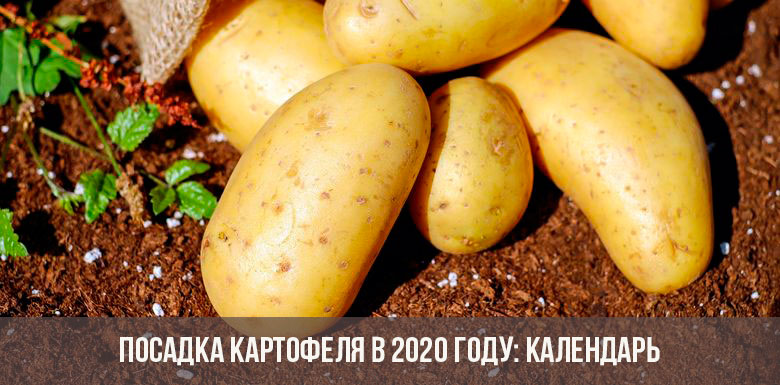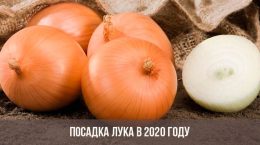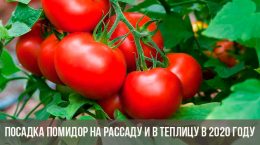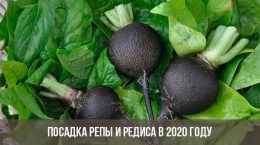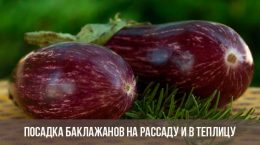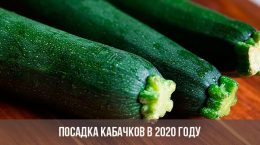Timely preparation and planting of potatoes provides resistance to diseases and pests, abundant crops and the best taste. Usually gardeners determine favorable days for planting according to weather conditions, as well as on the lunar calendar. Already now you can see what it will be in 2020.
Training
The best material for planting is precisely seed potatoes, that is, tubers with sprouted buds. They can be purchased or grown independently from past crops. Preparation should begin in the fall. After harvesting, the potatoes need to be greened, that is, put in the sun for 8-15 days. Then select and put in storage in boxes.
A month or two before the planting date, put the prepared planting material in a lit place to start the germination process. Please note that sprouts should not be germinated for too long. They should not be too long, since they are easy to break when instilled.
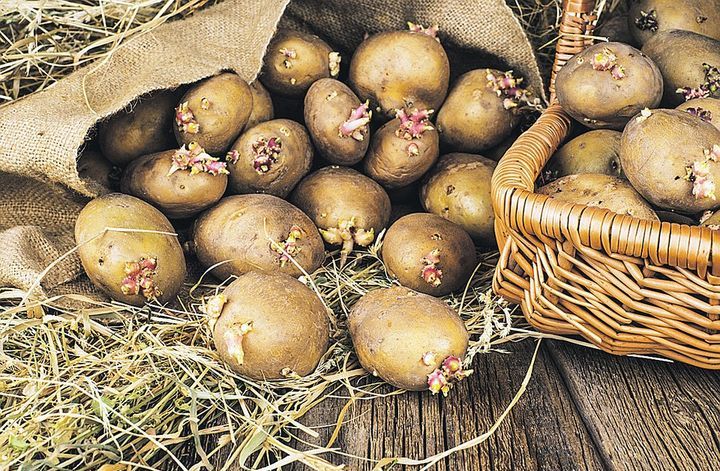
Select good, healthy, whole tubers and treat them with an antiseptic solution, for example, based on copper sulfate. Small potatoes should be planted whole, but large potatoes should preferably be cut into pieces about the size of an egg, making sure that each piece has at least 2 eyes. The knife must first be disinfected. If you are cutting potatoes, do it 1-2 days before planting. This will give the tubers the opportunity to “heal” and form a protective layer on the surface of the cut. This will help prevent rot.
Seed material is recommended to be updated periodically, as the tubers degenerate very quickly. Buy new varieties at least after 2-3 years, but it is better to do it every year.
When to plant
Potatoes are planted in 2020 as soon as the soil freezes, that is, in the spring. The exact time depends on the area of residence, since in different climatic zones it begins to warm at different times. The main thing to remember is that the plants will not begin to grow until the soil temperature reaches 80 C. In the middle regions of Russia this happens in early May, and in the southern regions in mid-April.
Also, to determine the optimal landing time, you can use the calendar, which is compiled on the basis of the phases of the moon. It has long been noted that celestial bodies affect the ecosystem of our planet, so the landing calendar is compiled according to the rules of biodynamics and takes into account the location of the Earth relative to the moon, sun and planets.
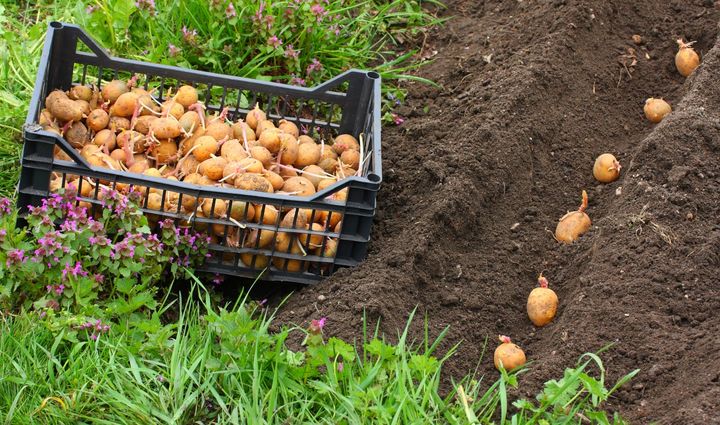
During the period of the descending moon, the luminary goes from the zenith to the horizon. At this time, planted plants adapt to the earth faster, tolerate stress more easily, and roots form better. This period is favorable for landing. But the eclipse and the key positions of the moon create unfavorable conditions for planting potatoes. Thus, the following days can be distinguished:
| Auspicious days | Bad days | Neutral | |
| April | 1, 2, 7, 8, 10, 14, 23, 24, 28 | 3, 4, 9, 15, 16, 17, 20, 21, 22, 29, 30 | 3, 4, 5, 6, 11, 12, 13, 18, 19, 25, 26, 27 |
| May | 2, 3, 5, 6, 7, 11, 12, 15, 16, 25, 26 | 8, 14, 29 | 1, 4, 9, 10, 13, 17, 18, 19, 20, 21, 22, 23, 24, 27, 28, 30, 31 |
| June | 1, 2, 3, 4, 5, 8, 12, 18, 22, 23, 30 | 21, 29 | 6, 7, 9, 10, 11, 13, 14, 15, 16, 17, 19, 20, 24, 25, 26, 27, 28 |
If you want to harvest as late as possible and thereby extend the shelf life, then choose mid-June. However, in this case, the likelihood of a raid by the Colorado potato beetle, which will eat sprouts, will increase.
Before planting, be sure to cultivate the soil for the last time to remove weeds, and loosen the ground, creating good conditions for root growth.
Care for planted potatoes:
- Fertilizer. Organic matter in the soil will improve your crop, but do not use fresh manure or ammonium chloride.Well-rotted compost, ammonium nitrate or ammonium sulfate is excellent for fertilizer. It is enough to carry out fertilizer during planting.
- Watering. Watering needs to start from the moment sprouts from the ground appear. Water the plot regularly throughout the summer. This should be done as it dries, so that the soil is evenly moistened (with an interval of about 7-10 days). Pay special attention to watering for several weeks from the appearance of seedlings, to flowering. At this time, the plants create their tubers, and a stable water supply is crucial for productive development. If the tubers are abundantly watered immediately after planting, or insufficiently during germination, they can be deformed. When the foliage turns yellow and begins to die, stop watering.
- Hilling. 12-16 days after planting, when shoots appear, start hilling. Repeat it after 20 days. The last hilling should be done before flowering, when the plant will be about 15 cm tall. This will help protect the potato from sunburn, which causes it to turn green and begin to produce a chemical called solanine. Solanine not only gives a bitter taste to a vegetable, but it is also toxic. Do hilling in the morning, as during the daytime heat the plants begin to droop.
- Weed control. And do not forget to monitor the appearance of weeds and timely pull them out.
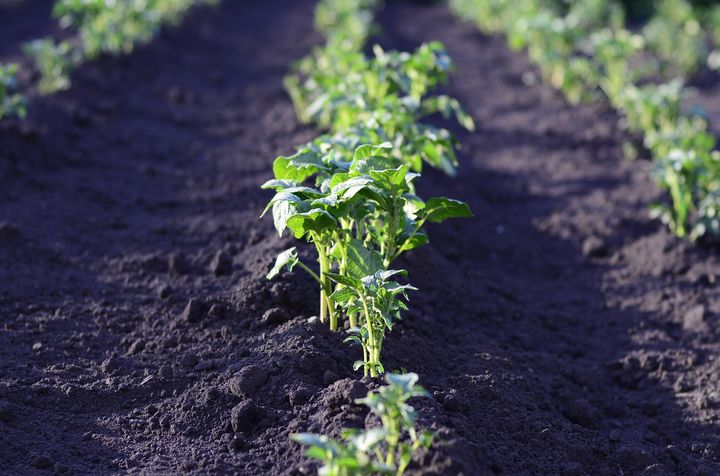
Digging time
Early potatoes grow in 40 days, and later dig up around September. As a rule, the crop grows 10 times more than it was planted. That is, with 1 kg of potatoes, 10 kg comes out.
What you need to know about digging a crop:
- 2-3 weeks after the plants stop flowering, you can dig up young potatoes with a thin skin. It needs to be eaten for several days, since vegetables will not be stored longer.
- To get the largest and best potatoes, harvest only 2-3 weeks after the foliage dies. But do not wait too long, otherwise the vegetable may rot.
- It is recommended to dig out vegetables in the full moon. They say that then they will be more saturated with nutrients. But in the phase of the young moon, it is better to refuse to dig out.
- Digging potatoes is better on a dry day. Work shovel carefully, being careful not to puncture or damage the tubers.
- If the soil is very wet, let the potatoes dry as much as possible before putting them in bags or baskets. Leave the potatoes you just dug in a cool, dry place (7–15 ° C) for 1 week. So their peel will get stronger, due to which the shelf life of the vegetable will be extended.
After drying, be sure to remove any dirt adhering to the tubers. Store them in a cool, slightly damp, dark place. The ideal storage temperature is 3-4 ° C.
How to get a big crop from one bush: video
Read also:

